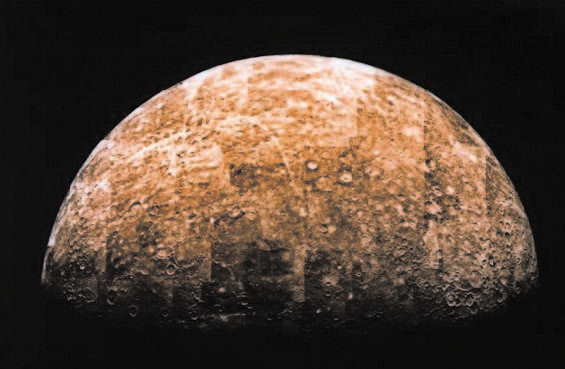
Scientists believe that the planet is coated in billions of years’ worth of carbon dust, after millennia upon millennia of being ‘dumped on’ by passing comets.
The planet Mercury has long enjoyed a certain glamorous sheen thanks to it being named after the fleet-footed messenger of the Roman gods.
Now, however, it seems in danger of gaining an altogether less appealing association — as a celestial reminder of what happens if you don’t keep up with the dusting.
American scientists believe that they have solved the mystery of why, compared with the Moon, its nearest airless neighbour, Mercury has a dark and decidedly non-silvery surface. The reason, they say, is that the planet is coated in billions of years’ worth of carbon dust, after millennia upon millennia of being “dumped on” by passing comets.
The repeated showers of dusty “stealth-darkening agent”, they suggest, have in effect turned Mercury into “a painted planet”. Where to explore in the solar system.
The dim surface of the planet closest to the Sun, has long puzzled astronomers. Since it has the thinnest atmosphere of all the planets in the solar system, one possibility was that it was darkened by the effects of solar winds and the impacts of micro meteorites.
Both processes, however, would leave a thin, dark coating of tiny, dark iron particles, and analysis found that there were in fact very few such particles on Mercury’s surface. the independentNow research, published in Nature.
Geoscience and conducted by Megan Bruck Syal at Brown University in Rhode Island, has produced another possibility. “It’s long been hypothesised that there’s a mystery darkening agent that’s contributing to Mercury’s low reflectance,” she said. “One thing that hadn’t been considered was that Mercury gets dumped on by a lot of material derived from comets.”



Be the first to comment